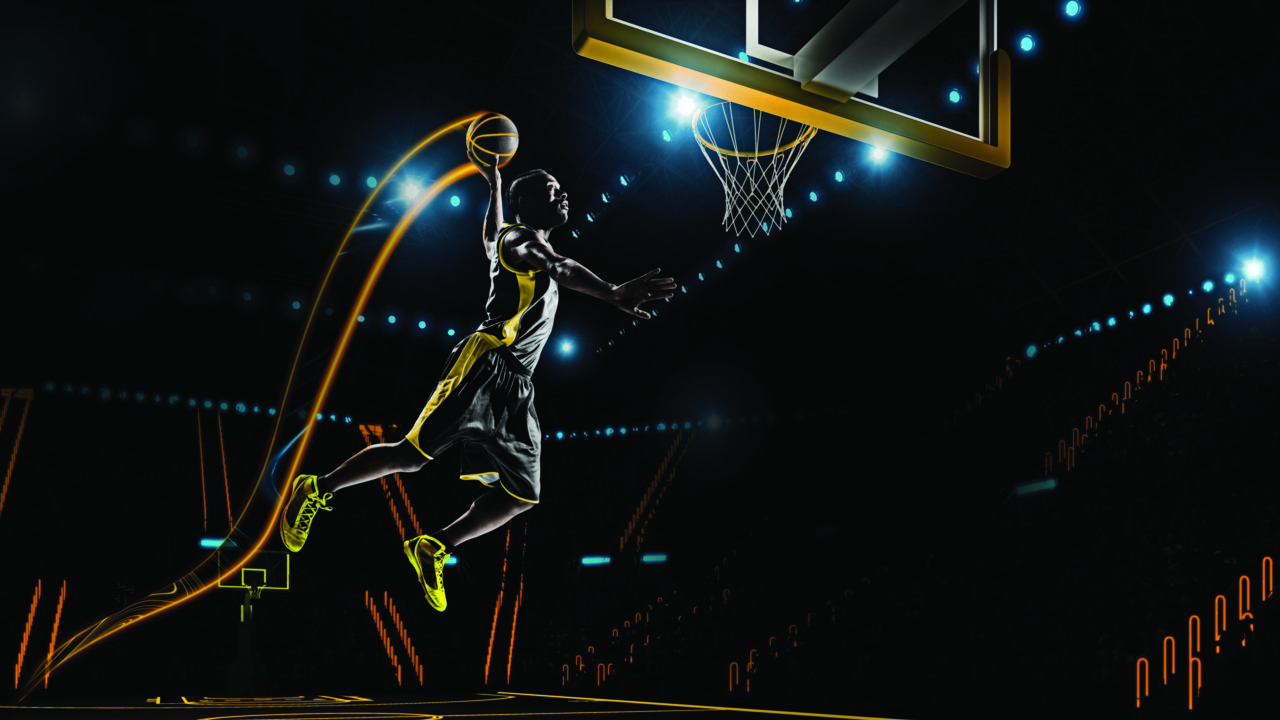Whether you’re racing horses or cars, you’re still bound by the laws of physics that are impossible to break so to understand how to improve your pace across all sports, you need to pay attention to these fundamentals. According to Jacques DeVore, a strength and conditioning coach who specializes in speed training for elite athletes, there are three equations you should understand if you want to improve human movement. These are the following:
- Power = Force x Distance/Time = Force x Velocity
- Force = Mass x Acceleration + Weight of Mass
- Rate of Force Development = Δ (force)/Δ (time)
Just how these are manipulated should be the crux of your training efforts so what follows is your action plan for athletic improvement that would make Newton envious.
Power Plays
Power = Force x Distance/Time = Force x Velocity
Force = Mass x Acceleration + Weight of Mass
Power and strength are not interchangeable and too often confused. Strength is the ability to generate a force. Force is a measurement of Mass multiplied by Acceleration, plus the weight of the mass. Strength is your ability to generate a force in a plane of motion. And if you look at the equation for power it takes Force (strength) and incorporates the time it takes to generate the force over a particular distance (velocity). “When thinking about strength and power, getting out of a chair is a good way to visualize the differences,” explains DeVore. “When getting out of the chair you rise up and generate enough force and velocity to overcome the weight of your body and the pull of gravity to lift you up. If you continue to increase the speed at which you go from sitting to standing, you would increase the speed to such a point that your body would eventually leave the ground (greater power output). Each time you’re in and out of the chair you are producing more power as you increase the speed of rising up. So, it is one thing to have the ability to produce enough force (strength) to rise from your chair and overcome the weight of your body and gravity. However, once velocity is increased you will rise higher and higher as you rise from your chair generating greater amounts of power as the velocity increases and you continue to overcome the mass of your body. If you were doing this in a pool the weight of the mass is reduced so it takes less force to move your body. This is why rehabilitation is often conducted in water. If you continue to increase the power by adding more velocity eventually you can slam dunk a basketball.”
Rate of force development
Rate of Force Development= Δ (force)/Δ (time)
If the rate of force development is increased, then you will be producing force at a faster rate and velocity will increase if all else is equal. However, if you gain weight, the equation changes as the mass increases and more power is required for the movement of a heavier mass. “In some sports that are power-to-weight specific (cycling), adding increases in power become trickier as you do not want to add mass,” explains Devore. “The following exercises help improve the rate of force development: deadlifts, box squats, Pendlay rows, plyometric exercises.” Why is a deadlift better than a squat? “A heavy deadlift requires the body to rapidly fire a huge amount of muscle fiber at a high speed to overcome the weight on the bar sitting at a dead stop. This is why it’s my go-to exercise over squats and most sports typically need a high-speed rate of force development and the deadlift can really improve the body’s ability to accomplish this. Box squats will also accomplish this high-speed rate of force development. By sitting on the box at the lower end of the range you unload the muscle and the subsequent movement requires a high-speed contraction to get off the box that is not so dissimilar to a deadlift.”
The Human Connection
A strength coach or athlete should determine the best course of training needed for a specific sport, and tie that to the athlete’s current strengths and weaknesses. “This type of evaluation using an understanding of physics is ongoing and an integral part of training to determine the next areas of fitness that need the most attention,” explains Devore. “For example, an athlete may come to us with a good base of absolute strength (force production), but lacking in the velocity side of the equation. In many cases you can eyeball this lack of velocity. Understanding the physics allows you to find tipping points in your training where small increases in the equations above will result in massive gains in a sport or movement. Identifying these weak links in the above equations can have a huge impact on performance and are visible after a short amount of training.”
The Ultimate Speed Accessory
Jawku Speed Black (Jawku.com)
Truly accurate speed training can be tricky and fiddly, especially with sweaty fingers and unreliable stop watches. That’s where JAWKU Speed is invaluable to anyone looking to be faster for their sport. You wear a speed sensor wristband that syncs wirelessly with your iOS Android device. It sports just one button which you use to measure your speed over any sprint distance, though it comes preloaded with drills such as a 10 and 40 yard dashes and 800m sprints. There are also shuttles, L drills and just about any distance you can think of getting faster in. It uses your phone’s camera to track your movement which gets kick started once you hear the loud beep noise which helps to improve reaction times and readiness to perform. You’ll quickly get addicted to beating your old times in an easy, fun and performance-enhancing way. This does everything the regular garden variety stopwatches and fitness tracker can’t, so use it to give your sprint times a Bolt-like bump.







